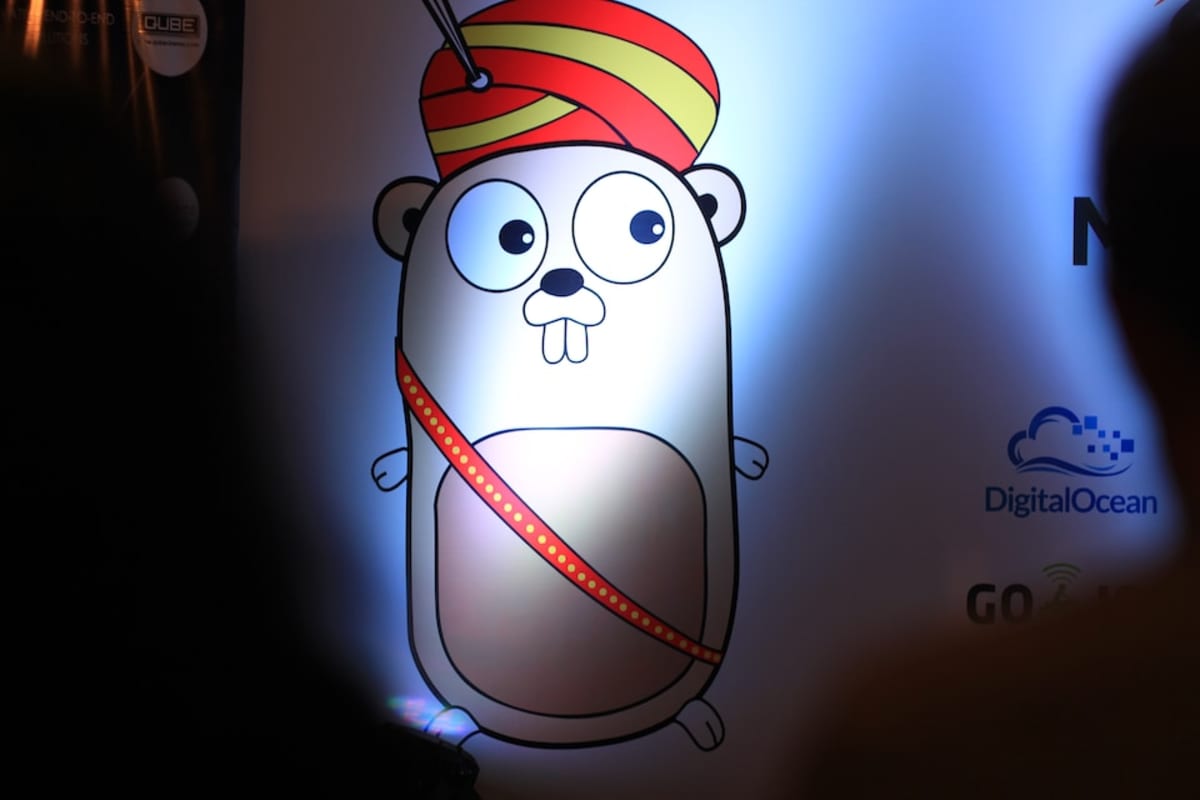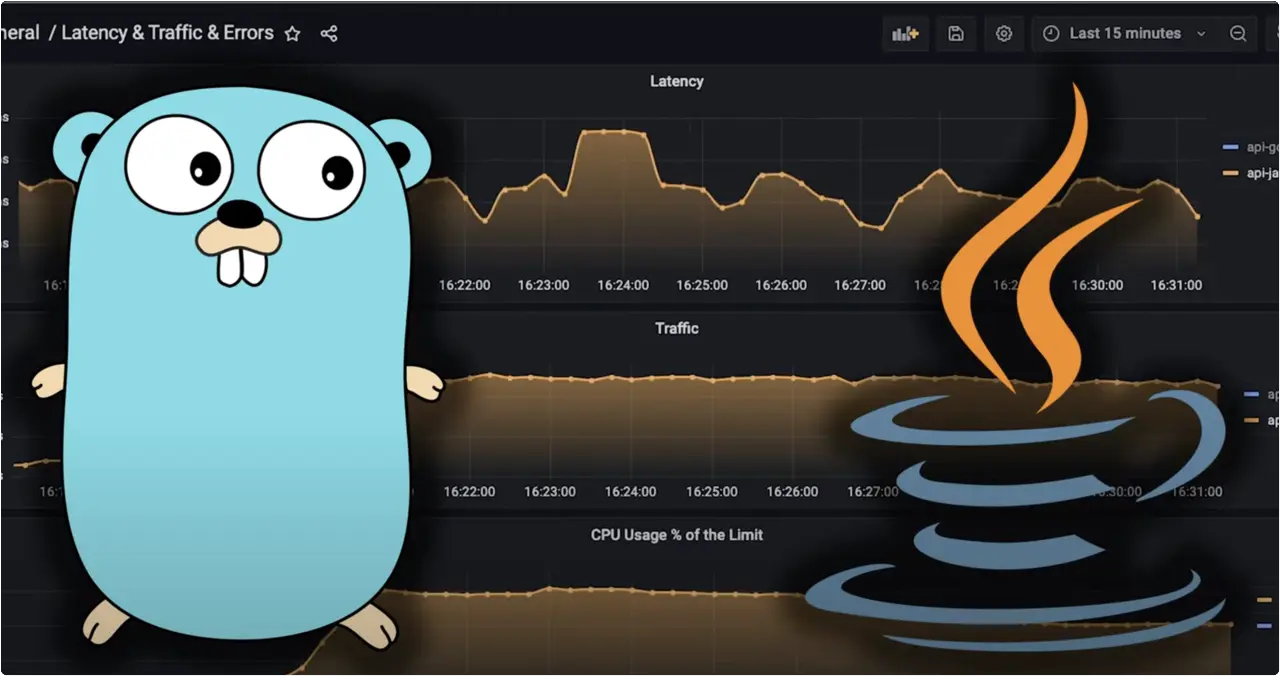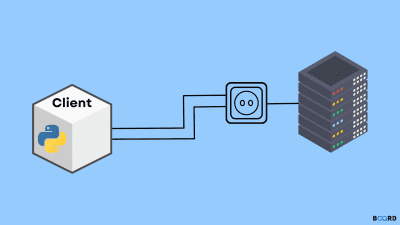Is Golang's Future Secure?
- With Code Example
- February 1, 2024
Exposing the Myth: Unveiling the Ironclad Future of Golang
In the ever-evolving landscape of programming languages, one name has been gaining prominence in recent years – Golang , or simply Go. Developed by Google, Golang has been making waves for its simplicity, efficiency, and concurrency support. As developers continue to explore new tools and technologies, the question that often arises is, Does Golang have a future? In this blog post, we’ll delve into various aspects of Golang, examining its strengths, challenges, and potential trajectory in software development.

Table of Contents
Summary
Golang has emerged as a prominent choice for developers, backed by Google’s expertise and its unique features. Its rise in popularity is attributed to its simplicity, efficiency, and robust concurrency support, making it ideal for building scalable and efficient applications.
Despite its strengths, Golang faces challenges such as the absence of generics and a learning curve for some developers. However, its integration with cloud-native technologies and the active support of its community contribute to its sustained relevance and potential for shaping the future of software development.
As developers continue to explore new tools and technologies, Golang’s trajectory remains promising, driven by its commitment to simplicity, efficiency, and adaptability to emerging trends in the software development ecosystem.
1. The Rise of Golang:
To understand the future of Golang, it’s essential to look back at its origins and the factors contributing to its rise. Google introduced Go in 2009, positioning it as a language designed for scalability and performance. Over the years, Golang has gained popularity for its straightforward syntax, strong support for concurrency, and rapid compilation.
One of the key contributors to Golang’s ascent is its role in large-scale, distributed systems. Its built-in support for concurrency through goroutines and channels has made it a preferred choice for developers working on applications that require handling multiple tasks simultaneously. The adoption of Golang by tech giants like Google, Uber, and Dropbox has further solidified its position in the programming landscape.
As we assess the trajectory of Golang, it’s evident that its rise is not merely a fleeting trend. Its commitment to simplicity and efficiency aligns well with the contemporary demands of software development, making it a viable choice for various projects.
2. Strengths of Golang:
Golang’s success can be attributed to several strengths that set it apart from other programming languages. Understanding these strengths provides insights into why Golang might indeed have a promising future.
a. Concurrency Model:
One standout feature of Golang is its innovative concurrency model, which is based on goroutines and channels. Goroutines are lightweight threads that allow developers to write concurrent code more easily. Channels facilitate communication and synchronization between these goroutines, simplifying the development of concurrent systems. This unique approach to concurrency has been particularly beneficial for building scalable and efficient applications.
The efficiency of Golang’s concurrency model has made it a preferred choice for projects dealing with real-time data processing, networking, and large-scale distributed systems. As the demand for such applications continues to grow, Golang’s concurrency support positions it as a language with a future in these domains.
b. Performance and Compilation Speed:
Golang is renowned for its fast compilation speed and runtime performance . The language was designed with a focus on reducing compilation times, making the development process more agile. The compiled code is statically linked, resulting in executables that are self-contained and have minimal dependencies.
This characteristic is particularly advantageous for projects where quick iteration and deployment are crucial. As the software development landscape leans towards faster release cycles and continuous integration, Golang’s performance and compilation speed become compelling reasons for its continued relevance.
3. Challenges and Criticisms:
While Golang has gained significant traction, it is not without its challenges and criticisms. Addressing these aspects is crucial to gauging the language’s long-term viability.
a. Lack of Generics:
One notable criticism of Golang is its lack of support for generics. Generics enable developers to write more flexible and reusable code by allowing functions and data structures to work with various data types. The absence of generics in Golang has been a source of debate within the developer community, with some expressing concerns about code duplication and reduced expressiveness.
The Golang team has recognized this limitation, and discussions about introducing generics have been ongoing. The language’s future trajectory could be influenced by how effectively this issue is addressed in upcoming releases.
b. Learning Curve for Some Developers:
While Golang’s simplicity is often praised, it can also be a point of contention. Developers accustomed to more feature-rich languages may find Golang’s minimalistic approach limiting. The absence of certain language features, common in other modern programming languages, can lead to a learning curve for some developers.
However, Golang’s simplicity is intentional and aligns with its goal of providing a language that is easy to read, write, and maintain. Whether this simplicity becomes a barrier or a strength for wider adoption remains a topic of discussion in the programming community.
4. Golang in the Ecosystem:
To assess Golang’s future, it’s crucial to examine its role within the broader software development ecosystem. How well it integrates with other technologies and its adaptability to emerging trends can provide insights into its sustainability.
a. Golang in Cloud-Native Development:
One area where Golang has seen considerable adoption is in the realm of cloud-native development. The language’s characteristics, such as fast compilation, small binary sizes, and efficient concurrency support, make it well-suited for building microservices and containerized applications.
As the shift towards cloud-native architectures continues, Golang’s relevance is likely to grow. Its ability to facilitate the development of scalable and resilient microservices positions it as a valuable tool in the toolkit of developers working on cloud-native solutions.
b. Community and Open Source Contributions:
The strength of a programming language often lies in its community support and the ecosystem of libraries and frameworks built around it. Golang benefits from a vibrant and active community that contributes to its development and shares resources.
The open-source nature of Golang has led to the creation of numerous libraries and tools, enhancing its capabilities and extending its use cases. The collaborative nature of the Golang community contributes significantly to its future prospects, fostering innovation and addressing challenges collectively.
Conclusion
In the quest to answer the question, “Does Golang have a future?” the evidence suggests a positive outlook. Golang’s rise in popularity, coupled with its unique strengths, positions it as a language well-suited for the demands of contemporary software development. Its efficient concurrency model, fast compilation speed, and integration with cloud-native technologies contribute to its sustained relevance.
However, challenges such as the absence of generics and the learning curve for some developers should not be overlooked. The Golang team’s responsiveness to these challenges and the continuous evolution of the language through community contributions will play a pivotal role in determining its future trajectory.
As we navigate the ever-changing landscape of programming languages, Golang stands as a compelling choice for projects ranging from microservices in the cloud to concurrent systems handling real-time data. The question of whether Golang has a future is not merely a speculative one; it is a testament to the language’s current impact and its potential to shape the future of software development.
Comment
What are your thoughts on the future of Golang? Have you experienced its benefits or faced challenges in your projects? Share your insights in the comments below. Let’s continue the conversation!
FAQs
Golang, or Go, is a programming language developed by Google known for its simplicity, efficiency, and concurrency support. It has gained popularity for its straightforward syntax, strong support for concurrency, and rapid compilation.
Golang’s strengths include its innovative concurrency model based on goroutines and channels, fast compilation speed, and runtime performance. These characteristics make it well-suited for building scalable, efficient, and cloud-native applications.
Golang faces challenges such as the lack of support for generics and a learning curve for some developers accustomed to more feature-rich languages. Addressing these challenges will be crucial for its long-term viability and wider adoption.
Golang plays a significant role in cloud-native development, thanks to its fast compilation, small binary sizes, and efficient concurrency support. It also benefits from a vibrant community and a rich ecosystem of libraries and tools, enhancing its capabilities and extending its use cases.





